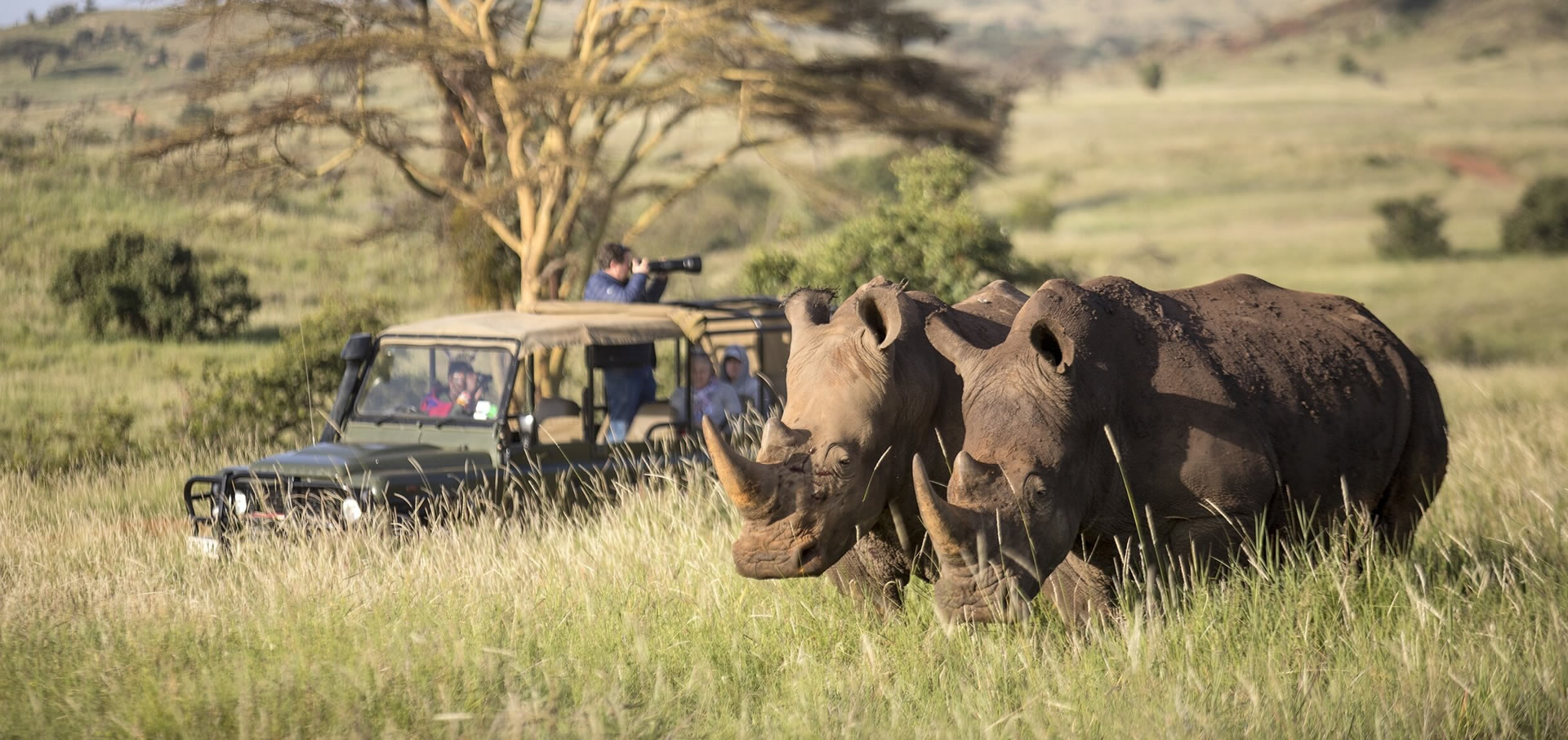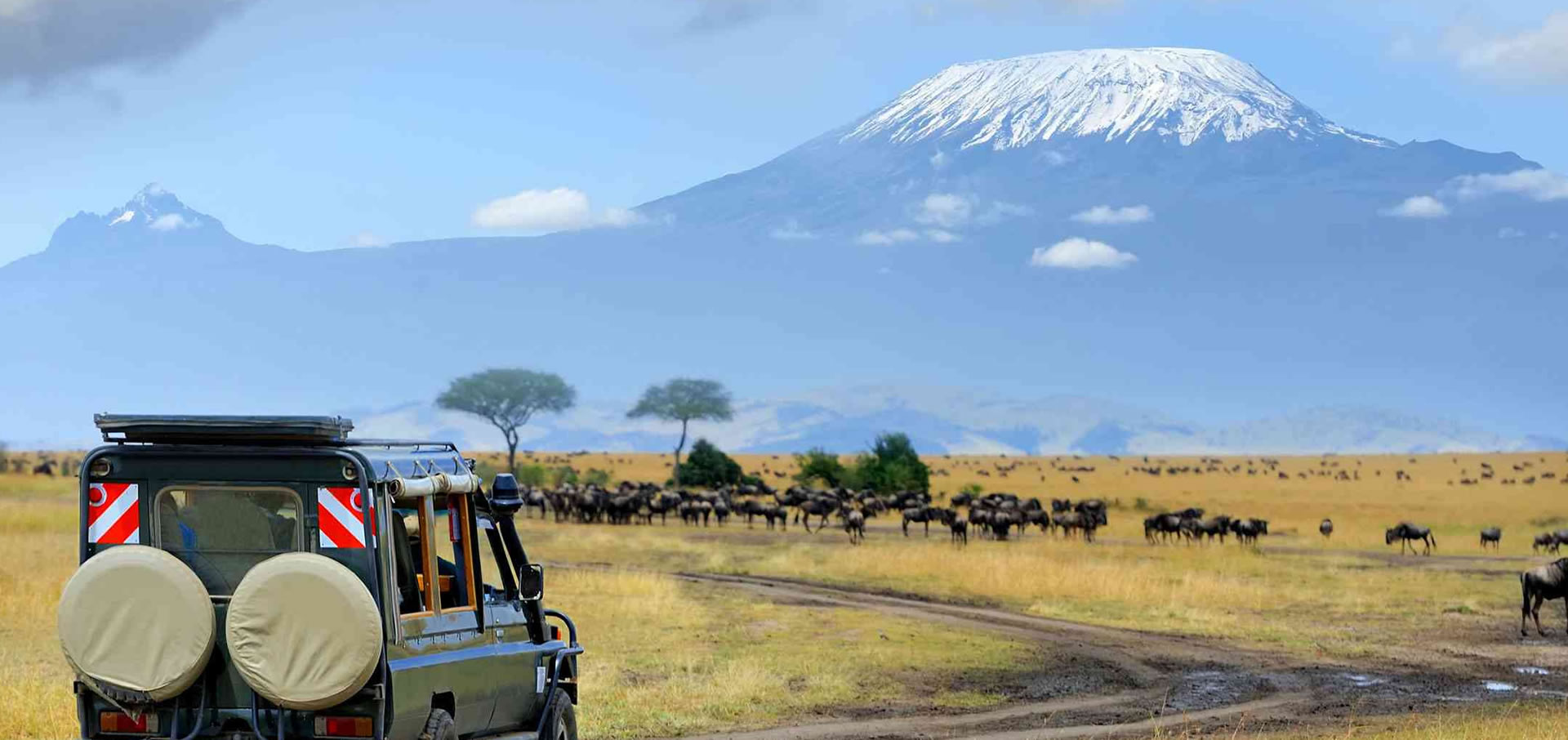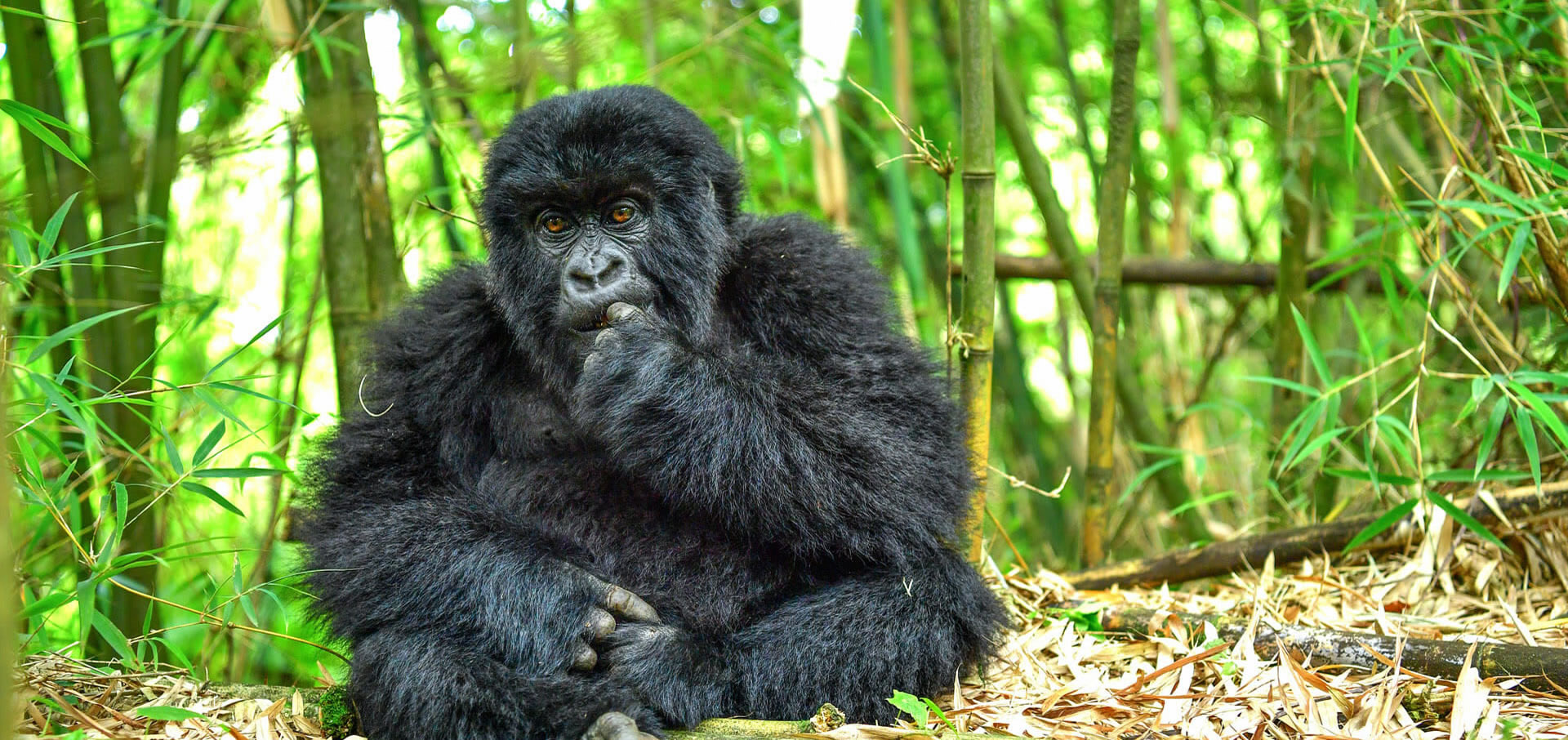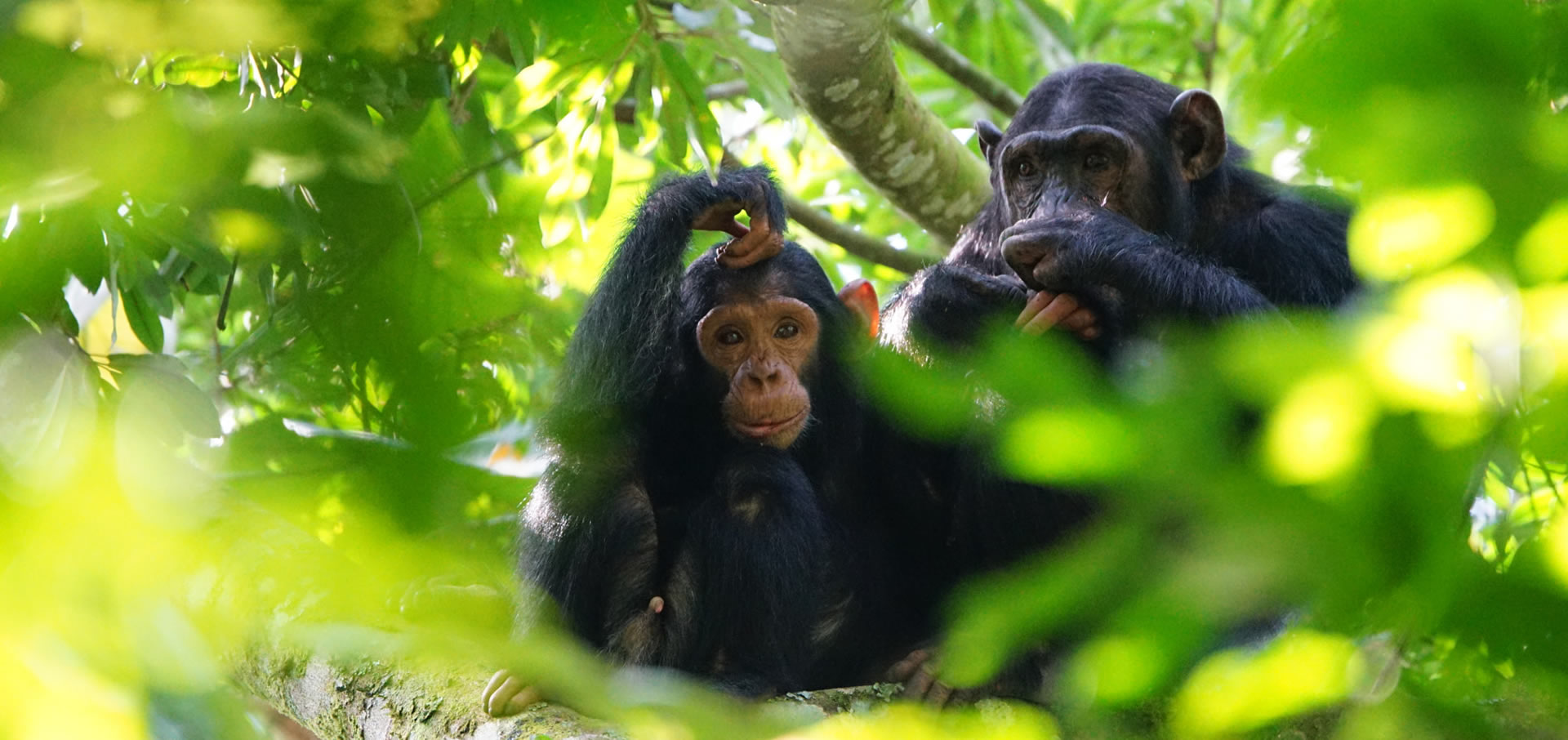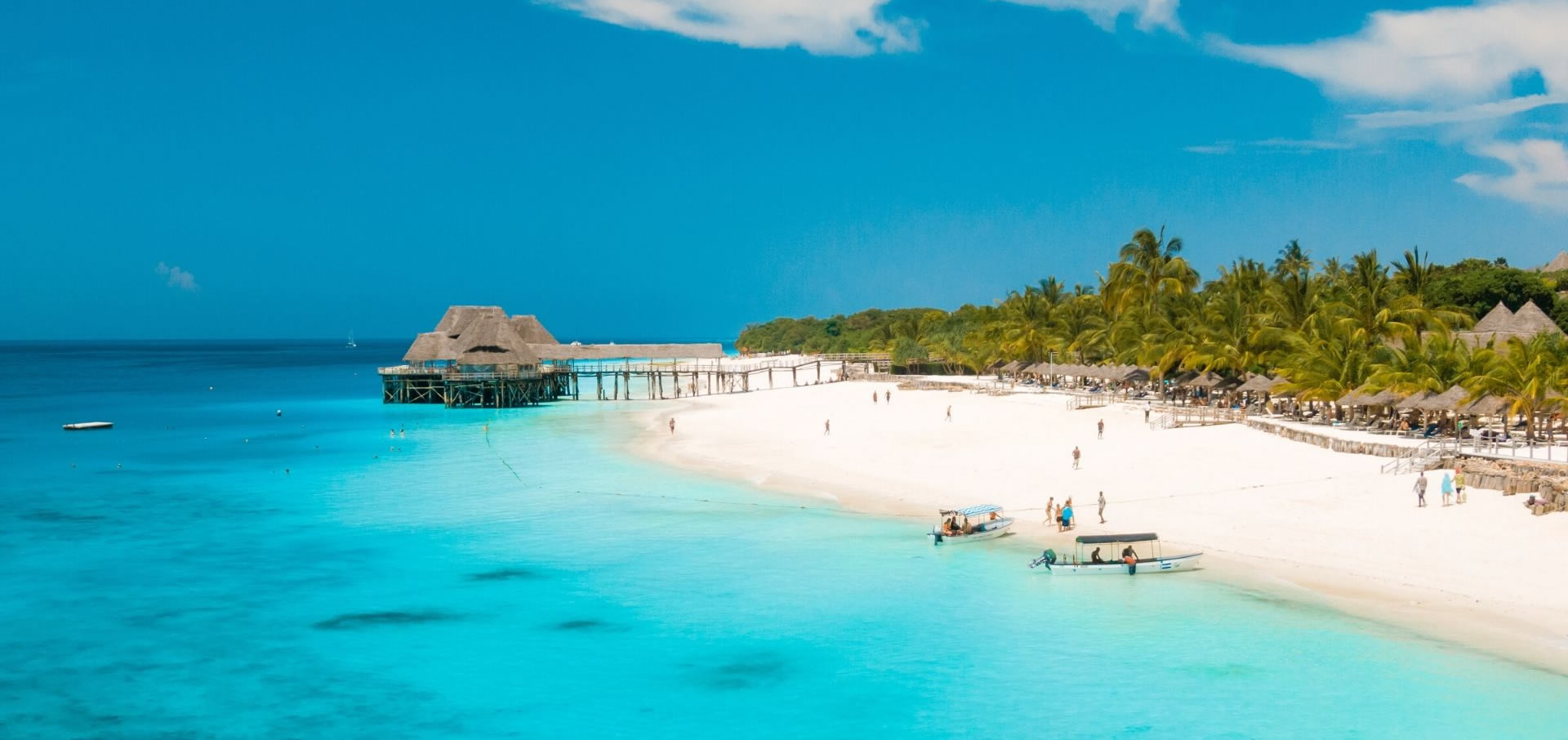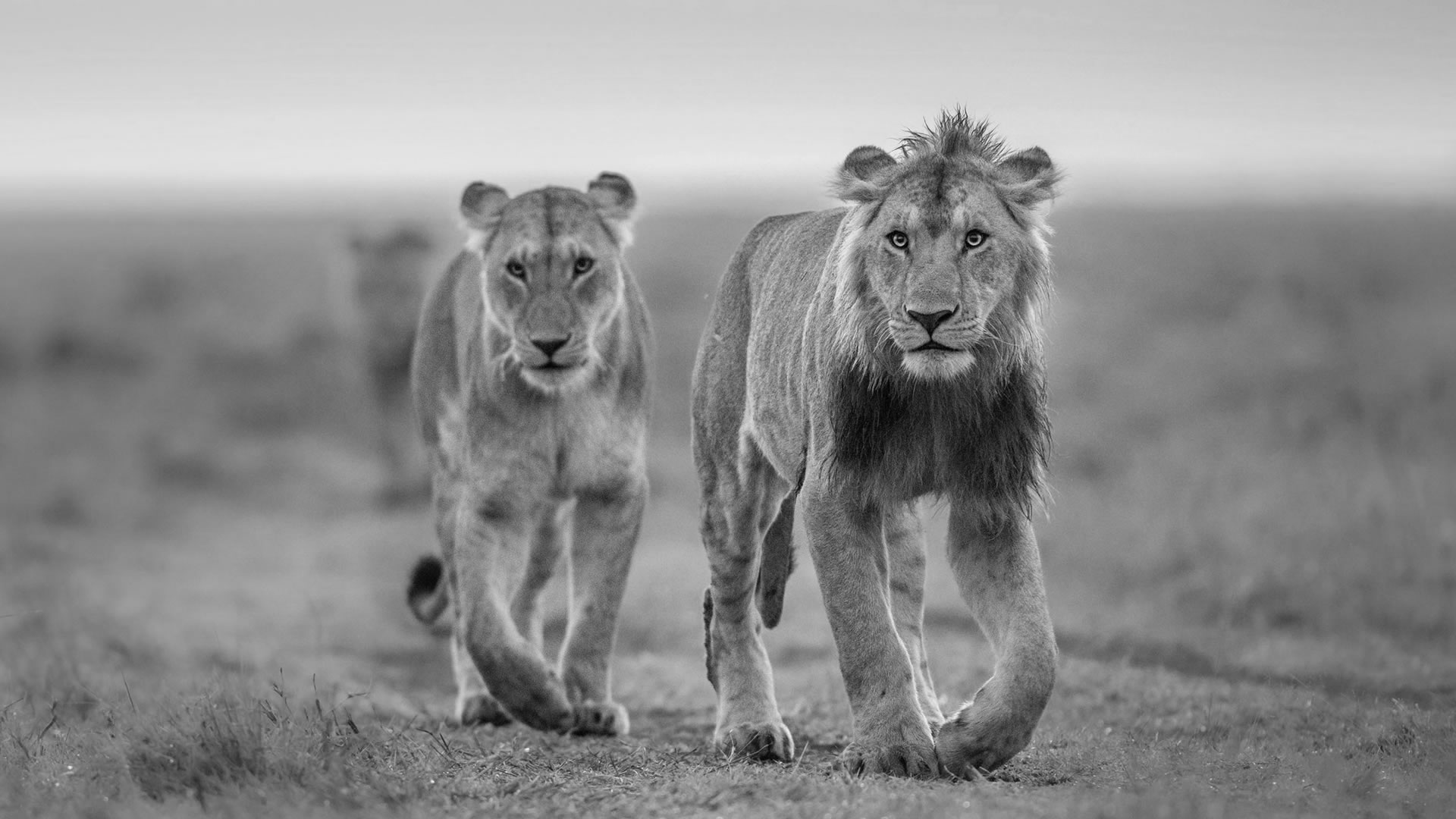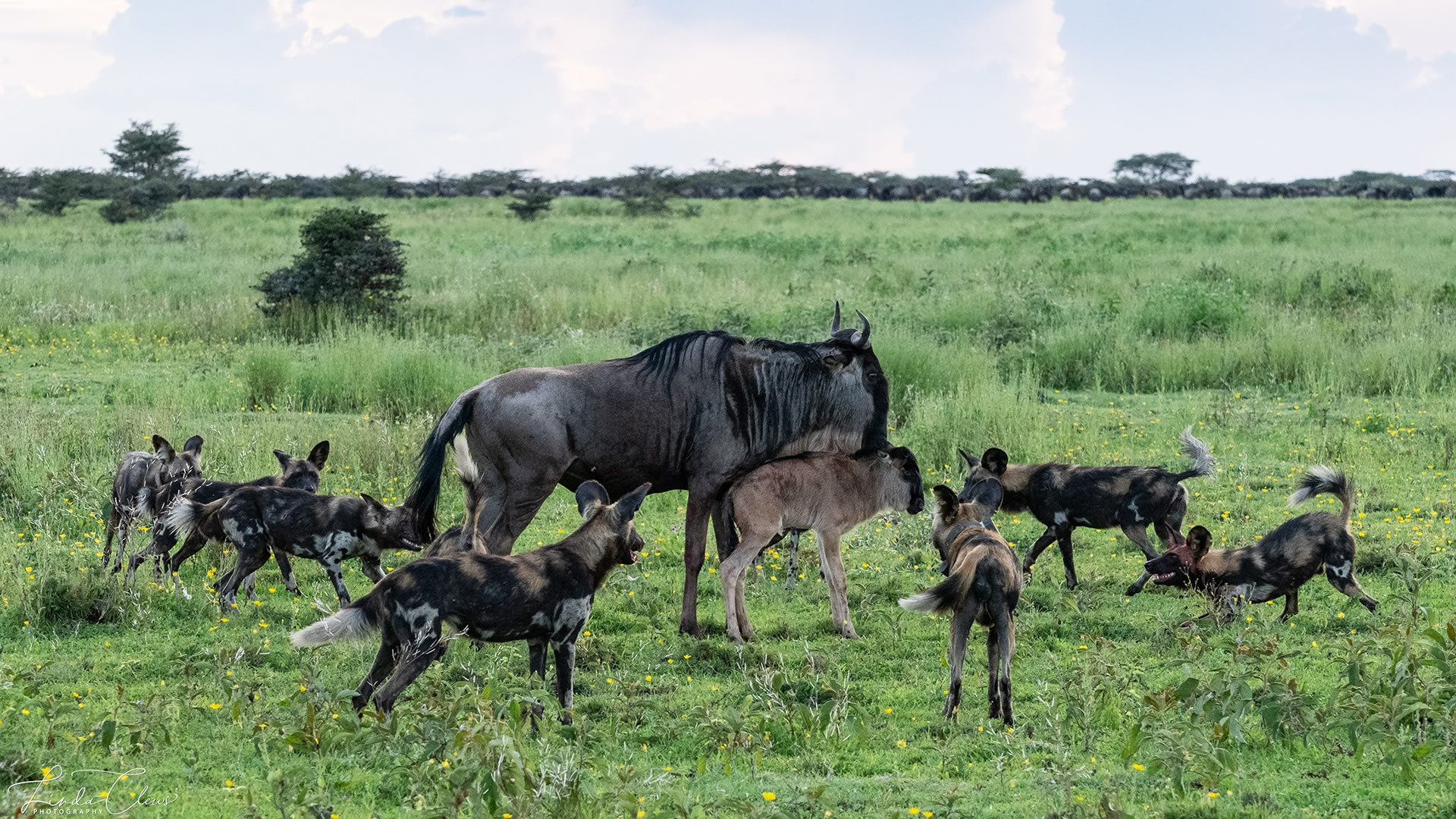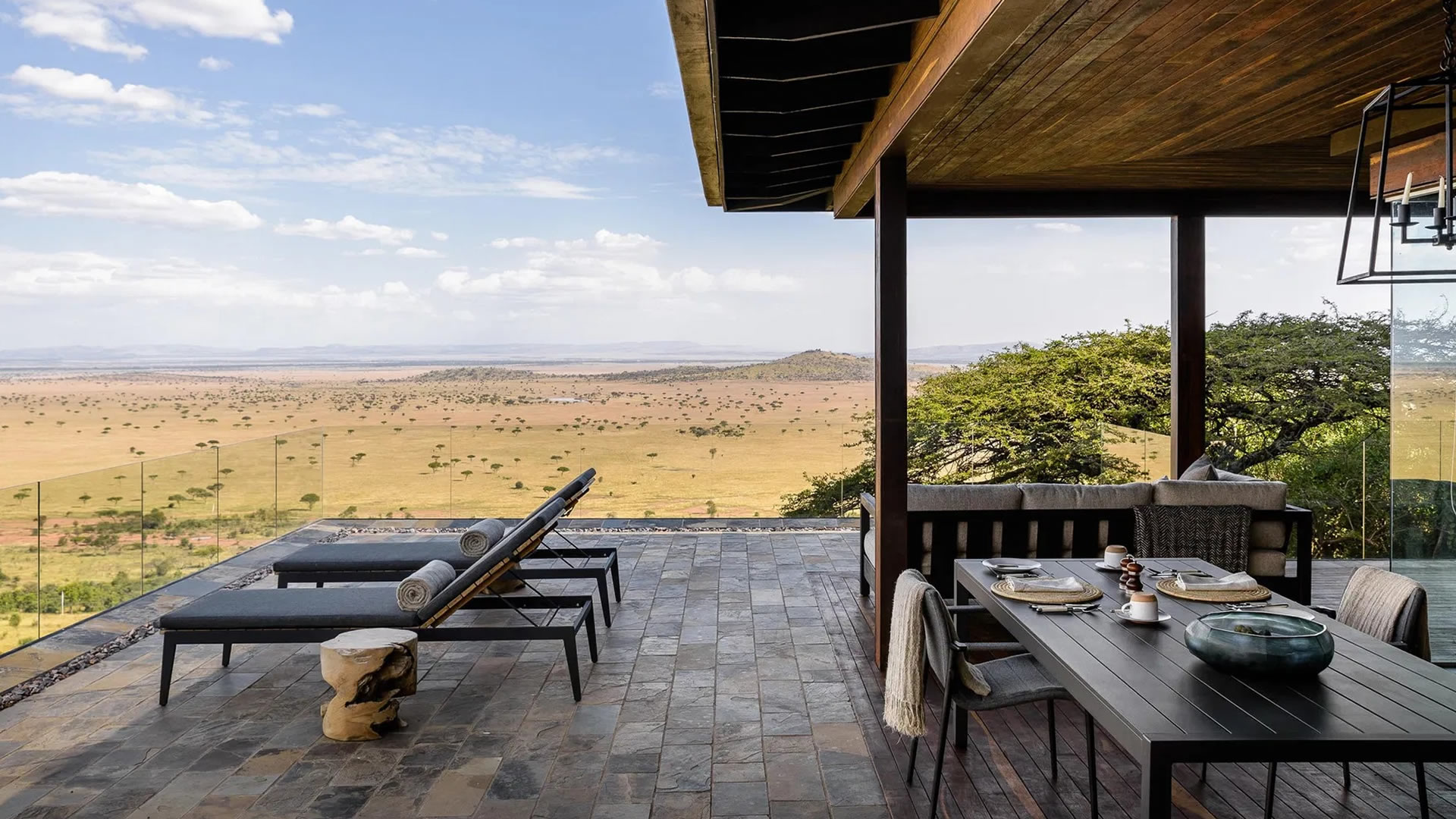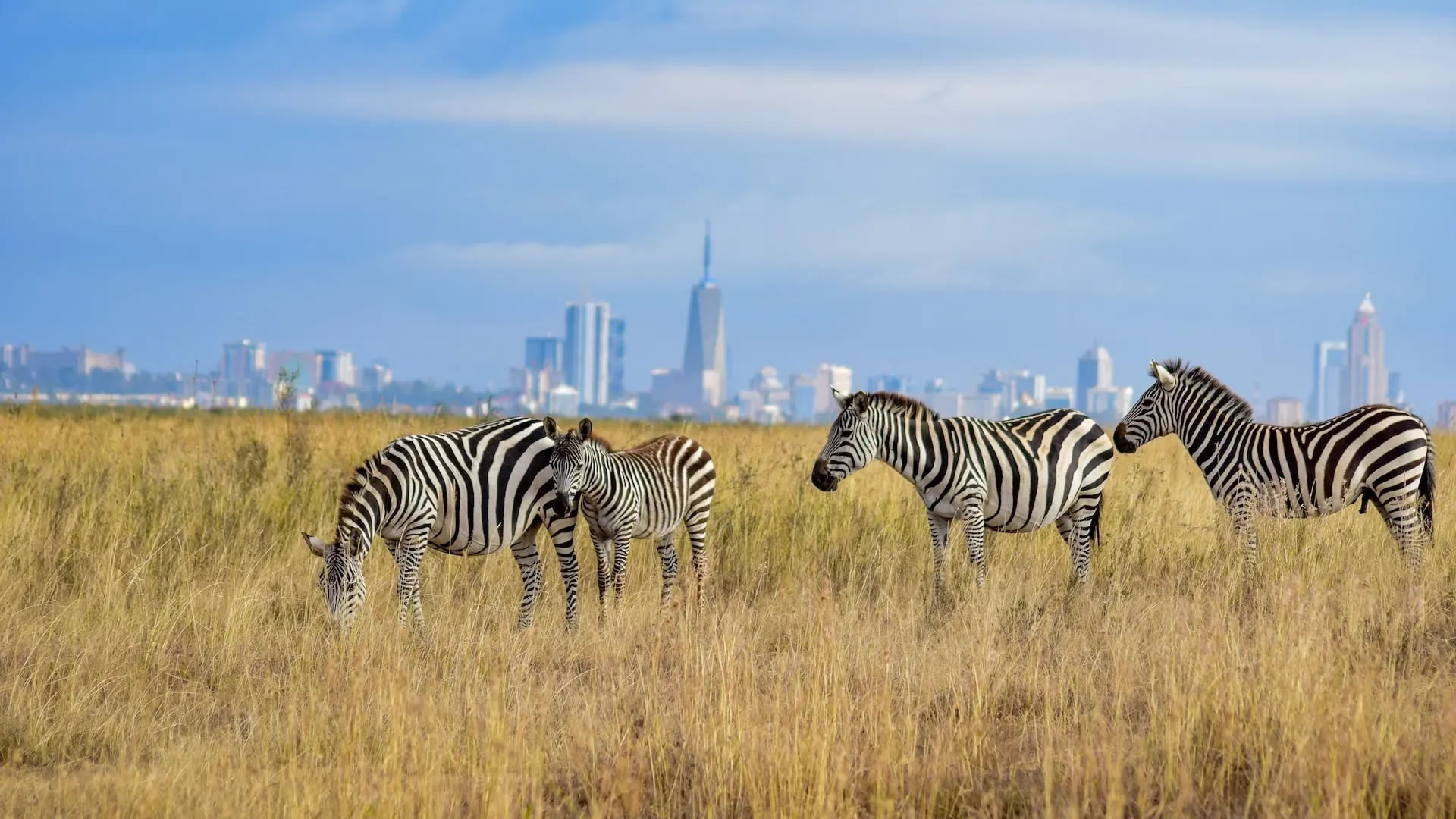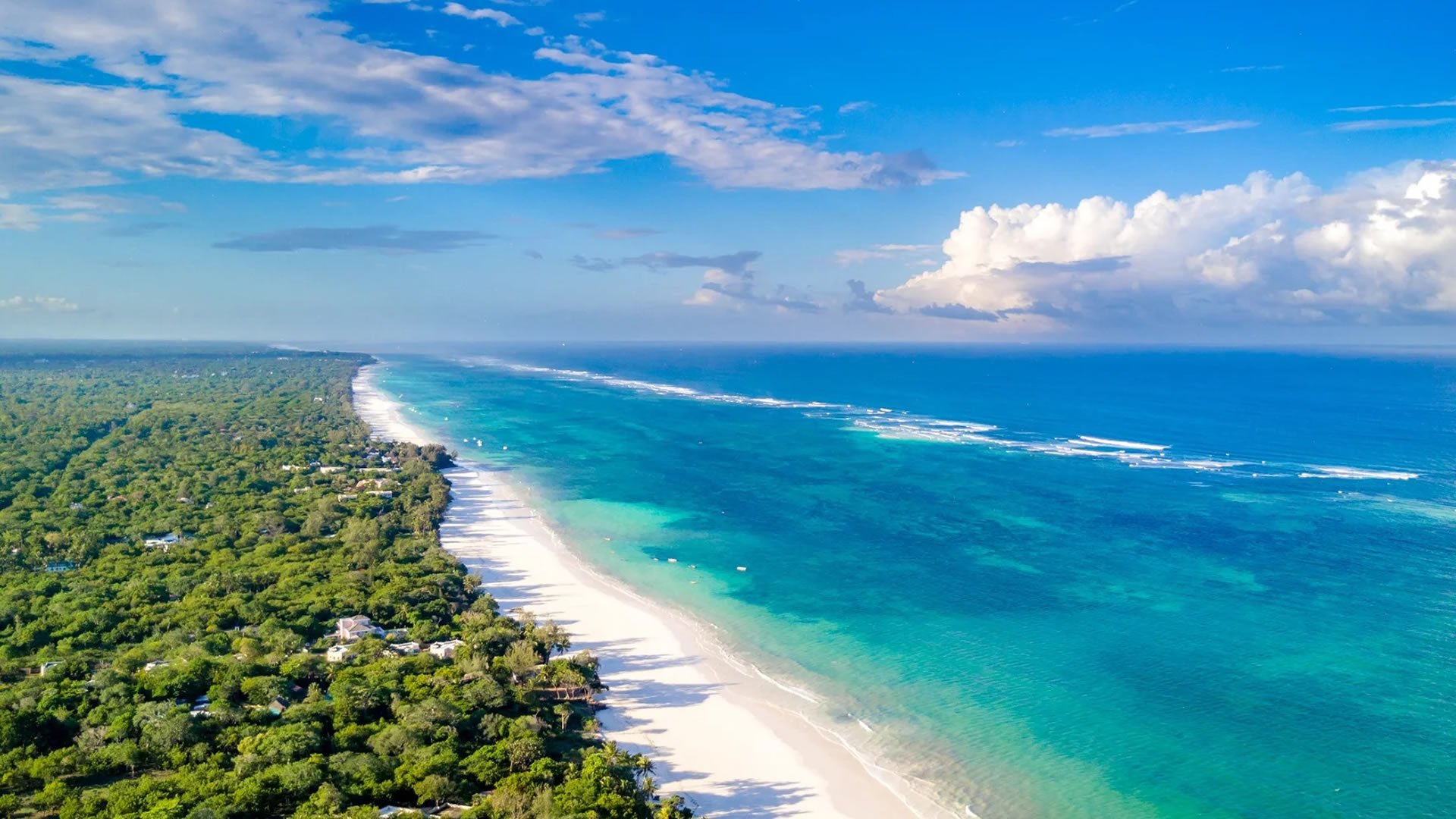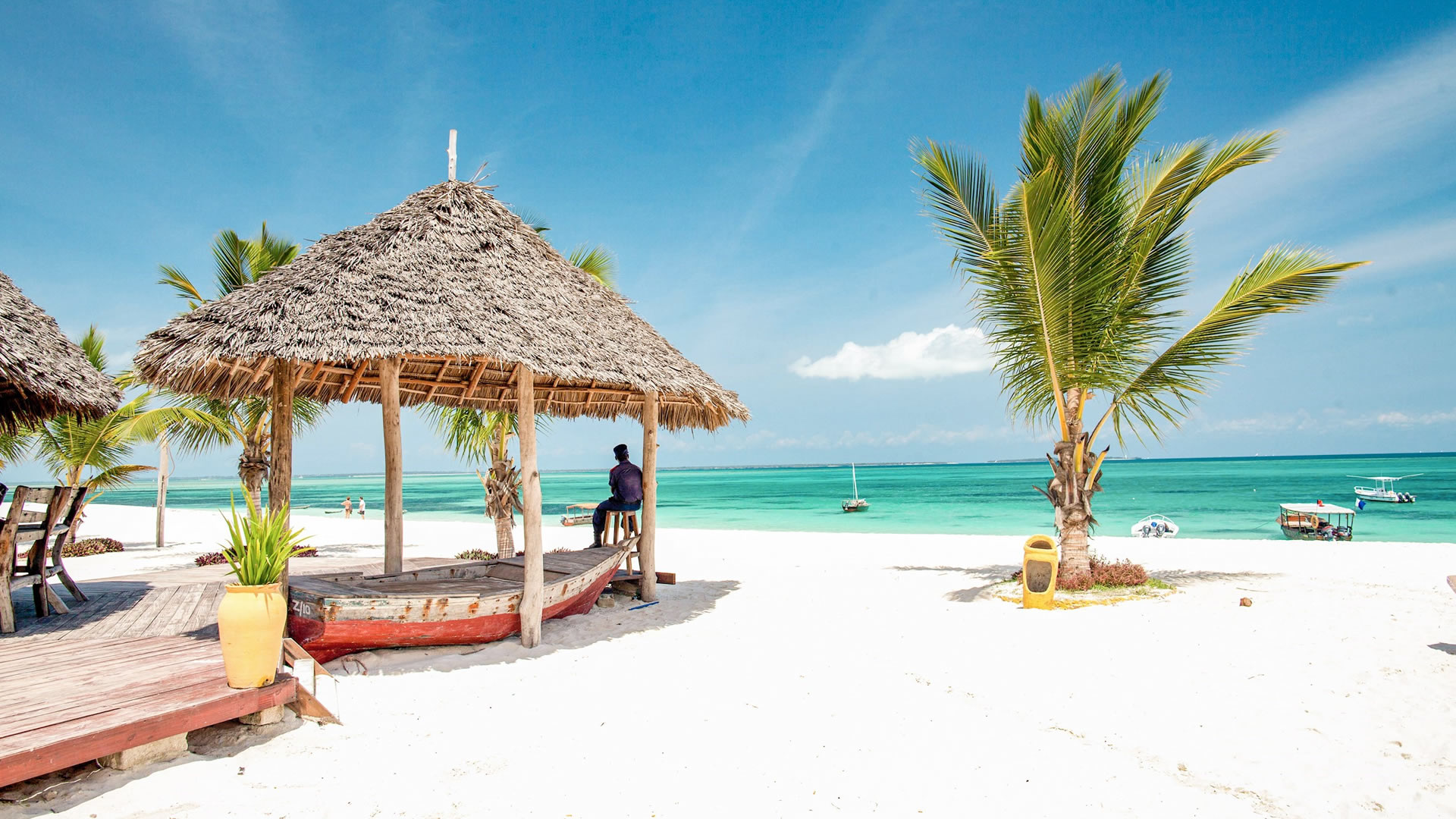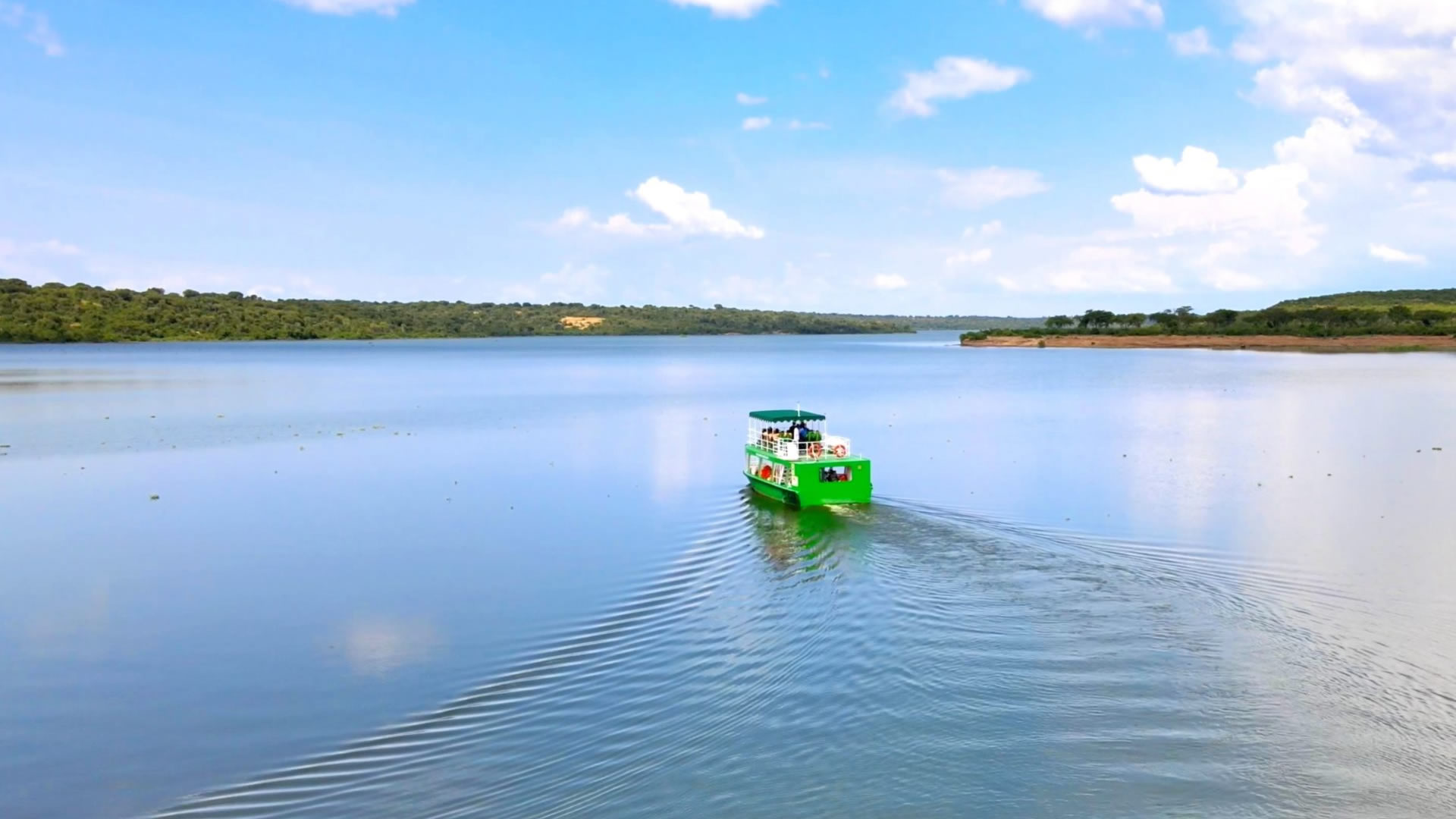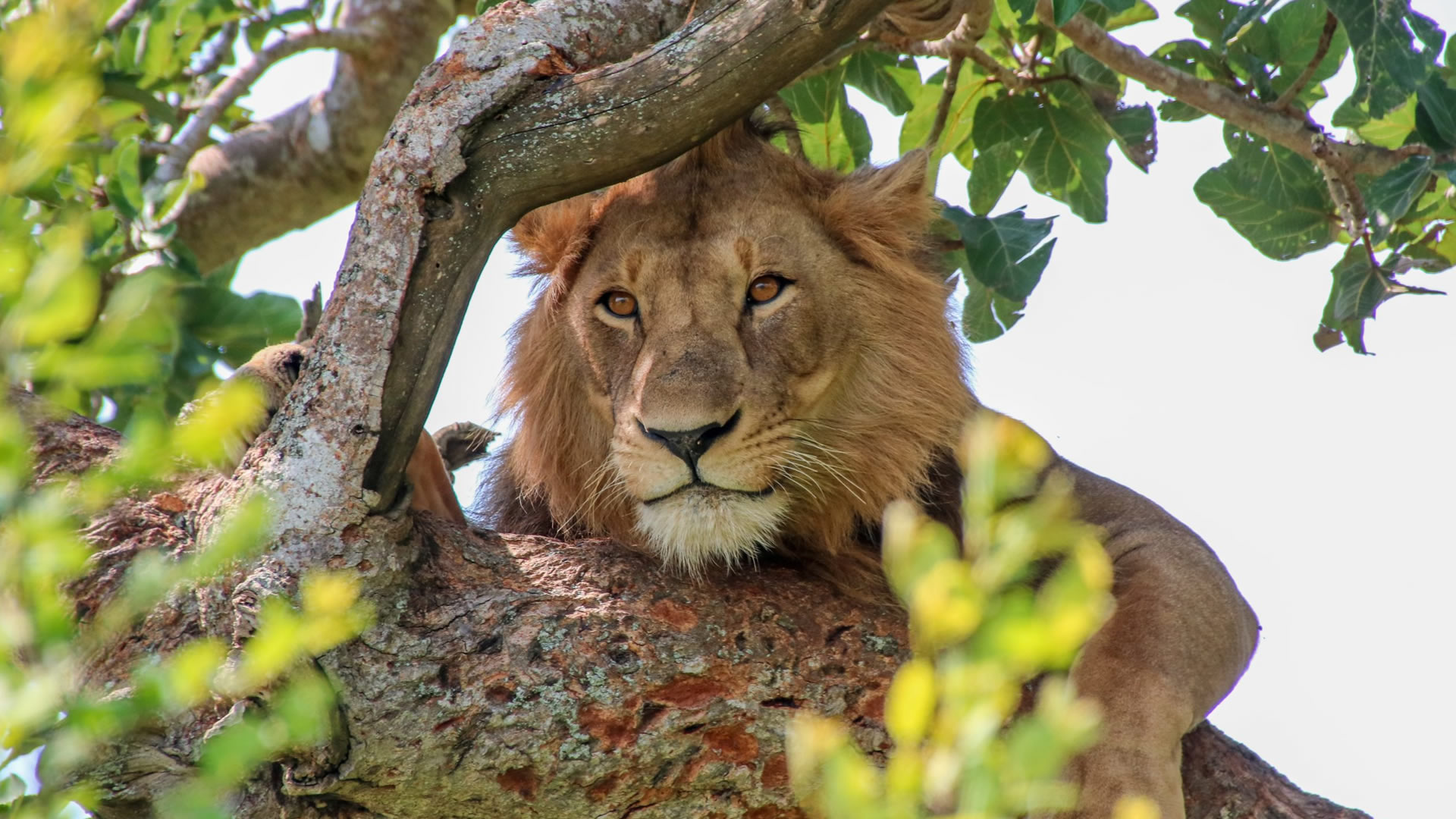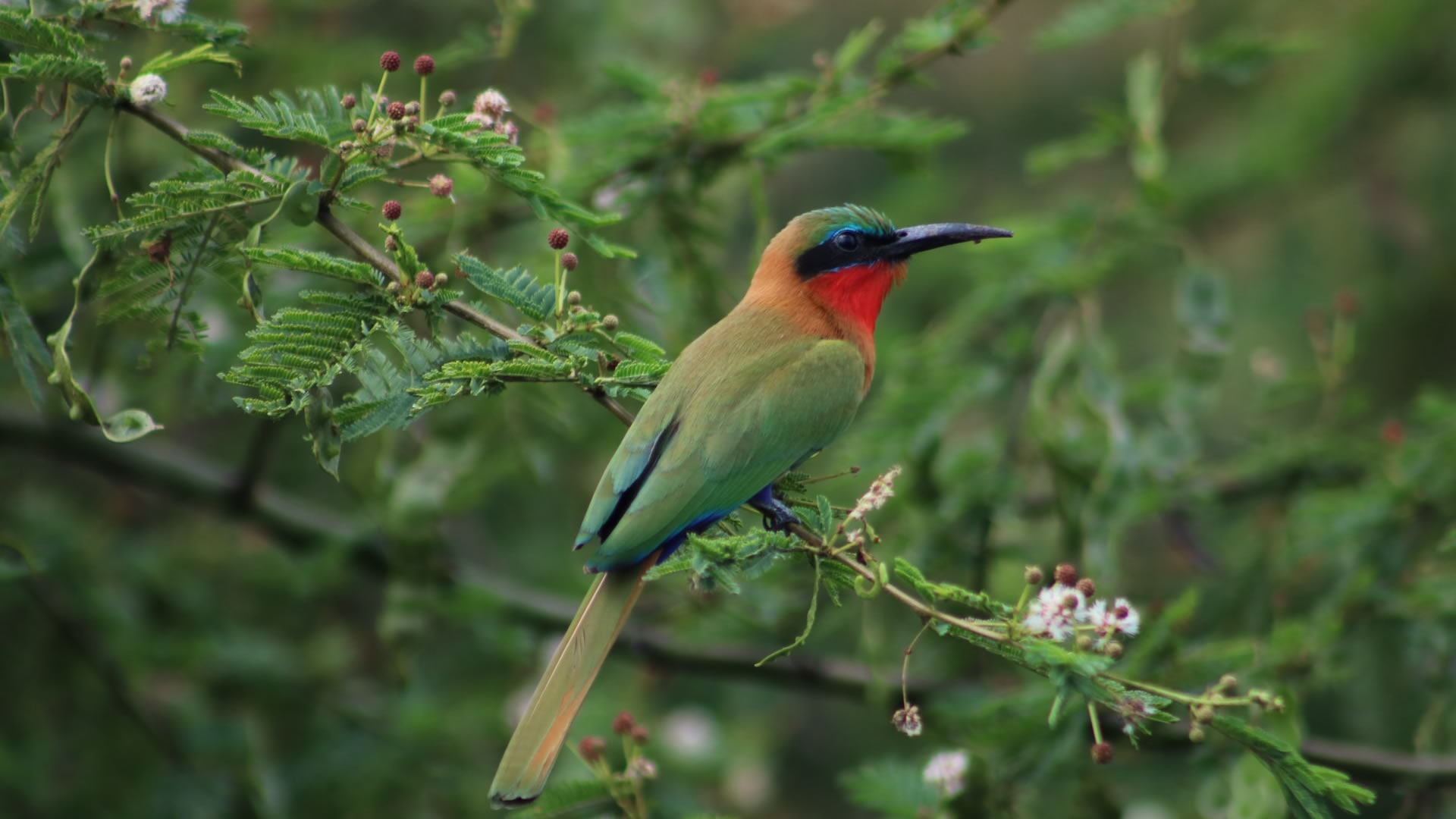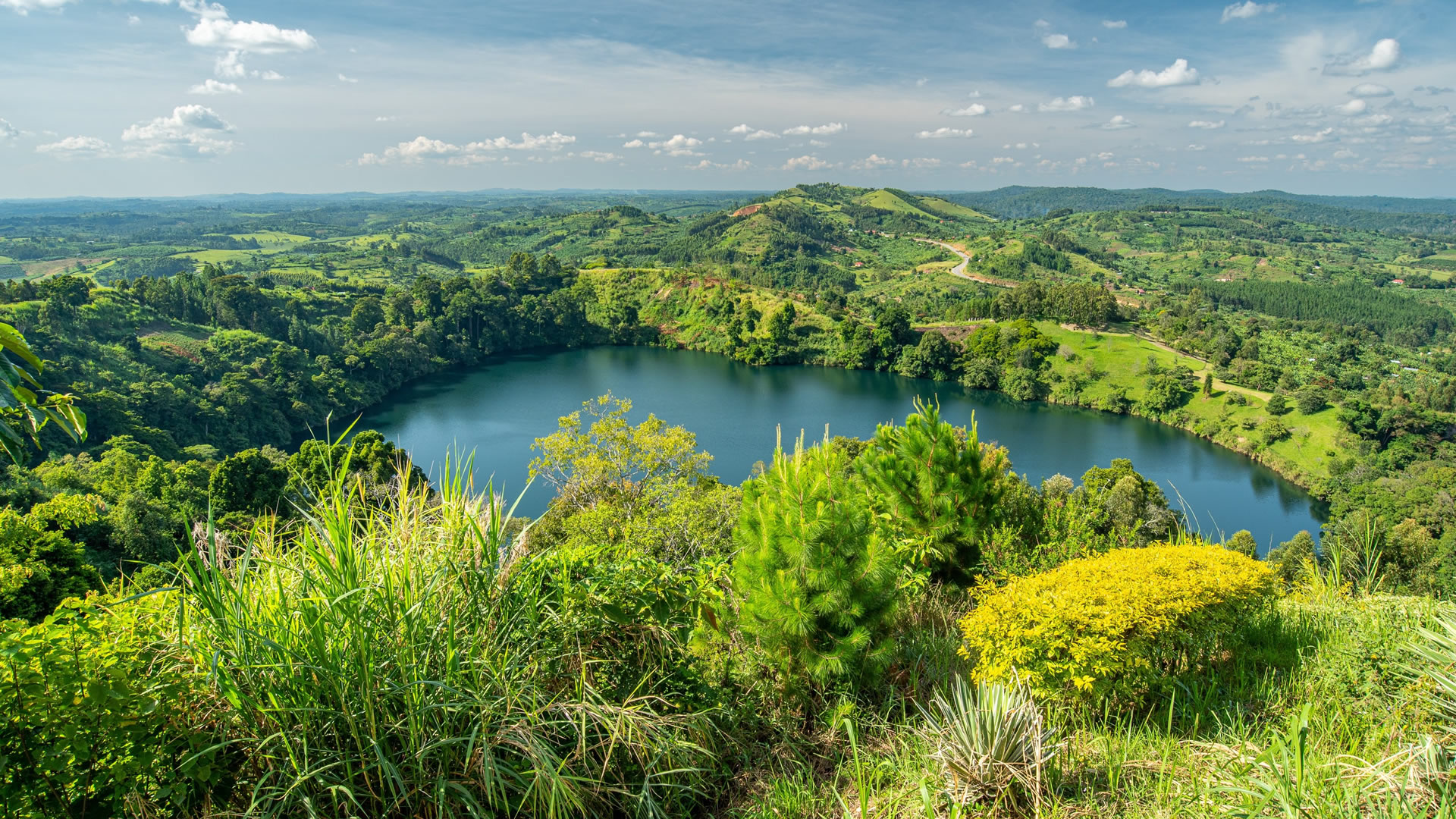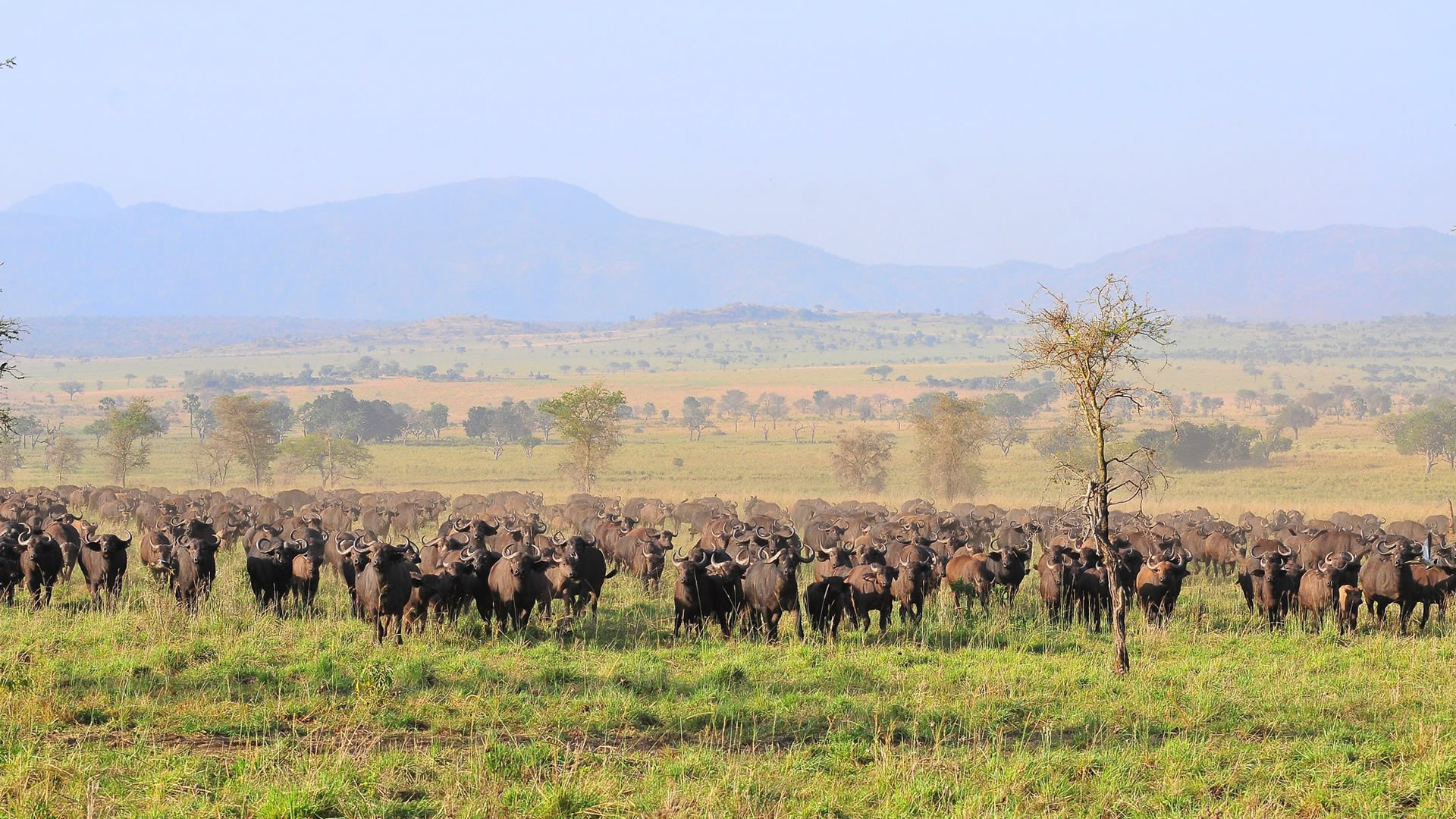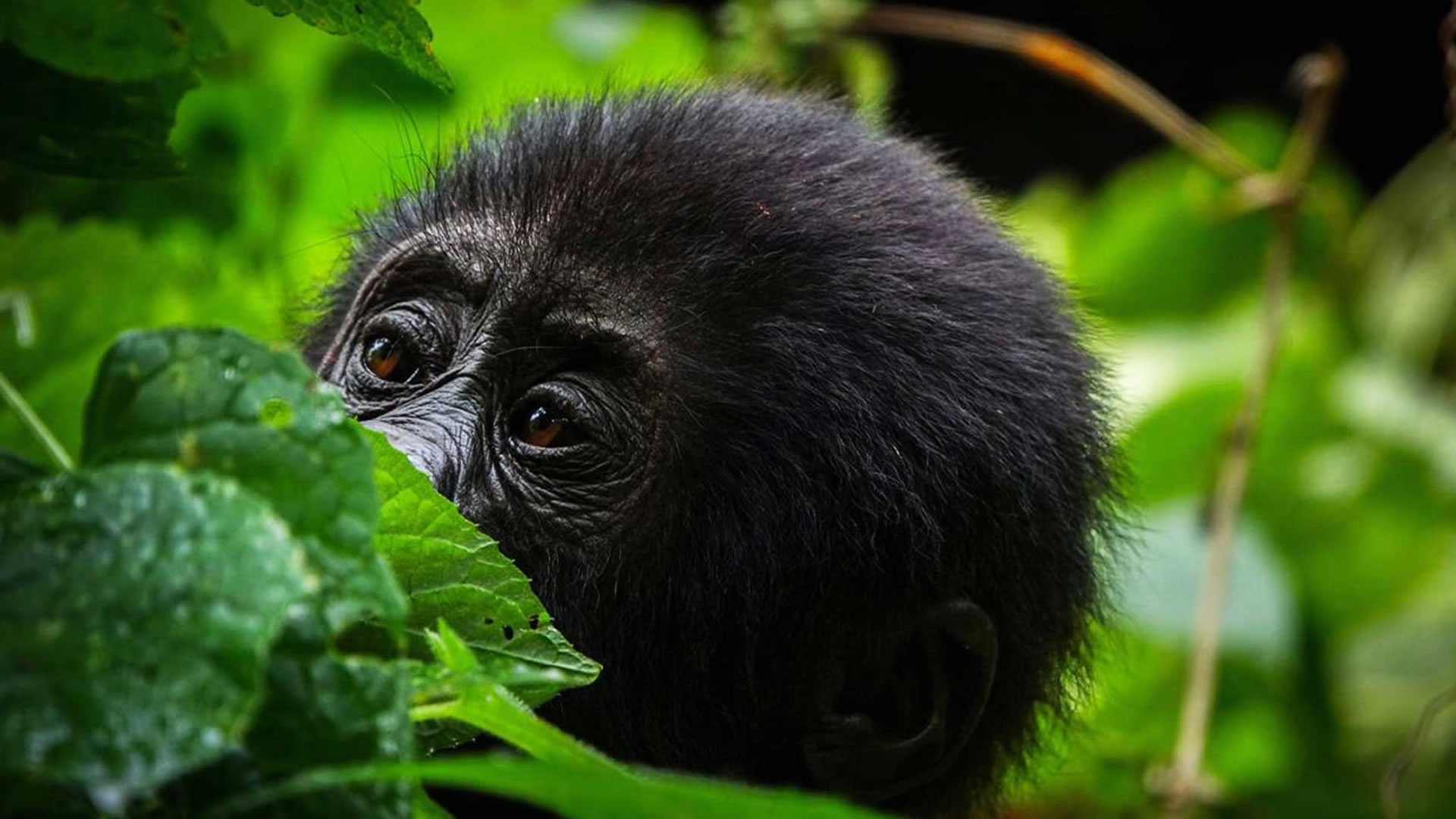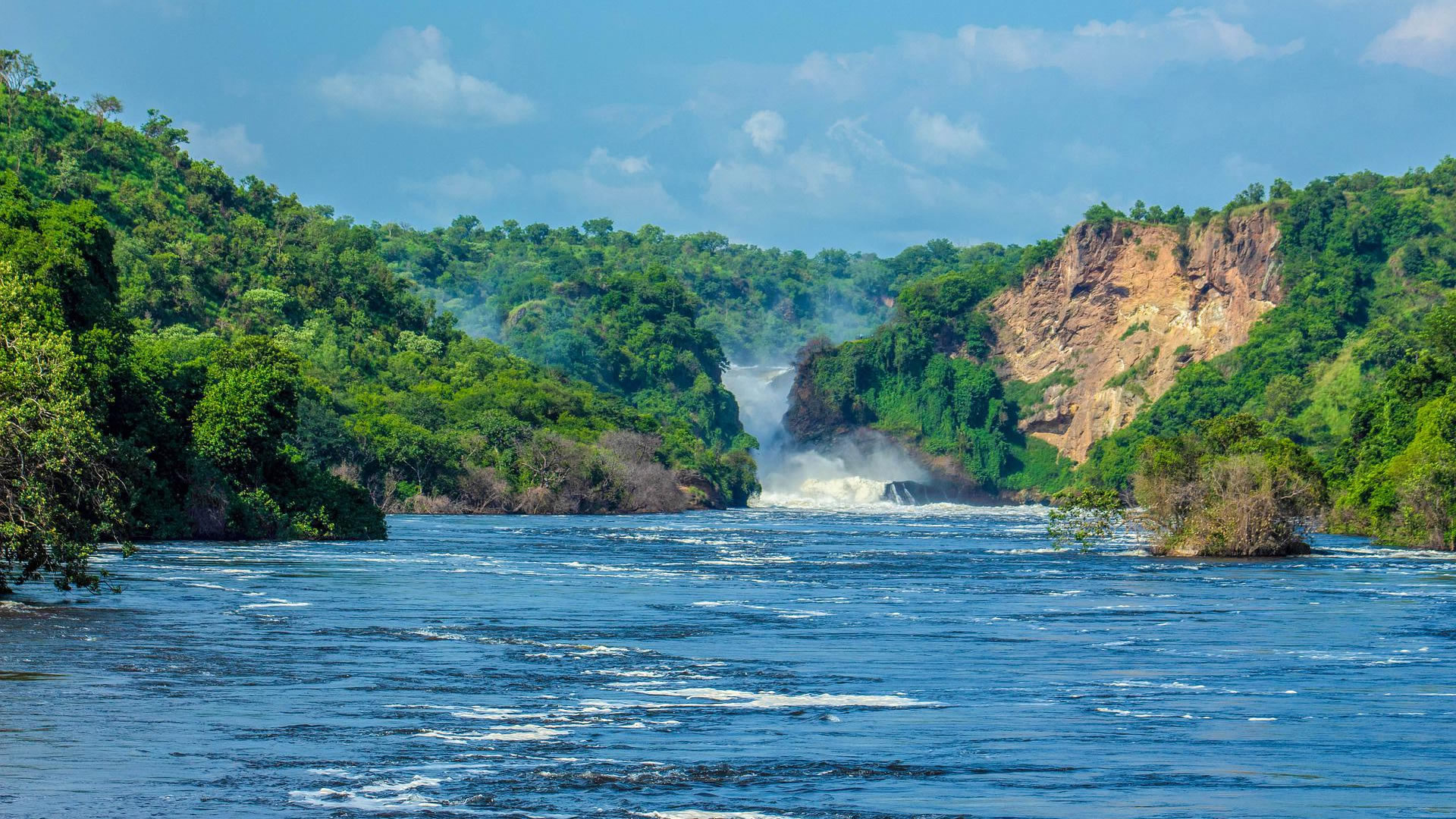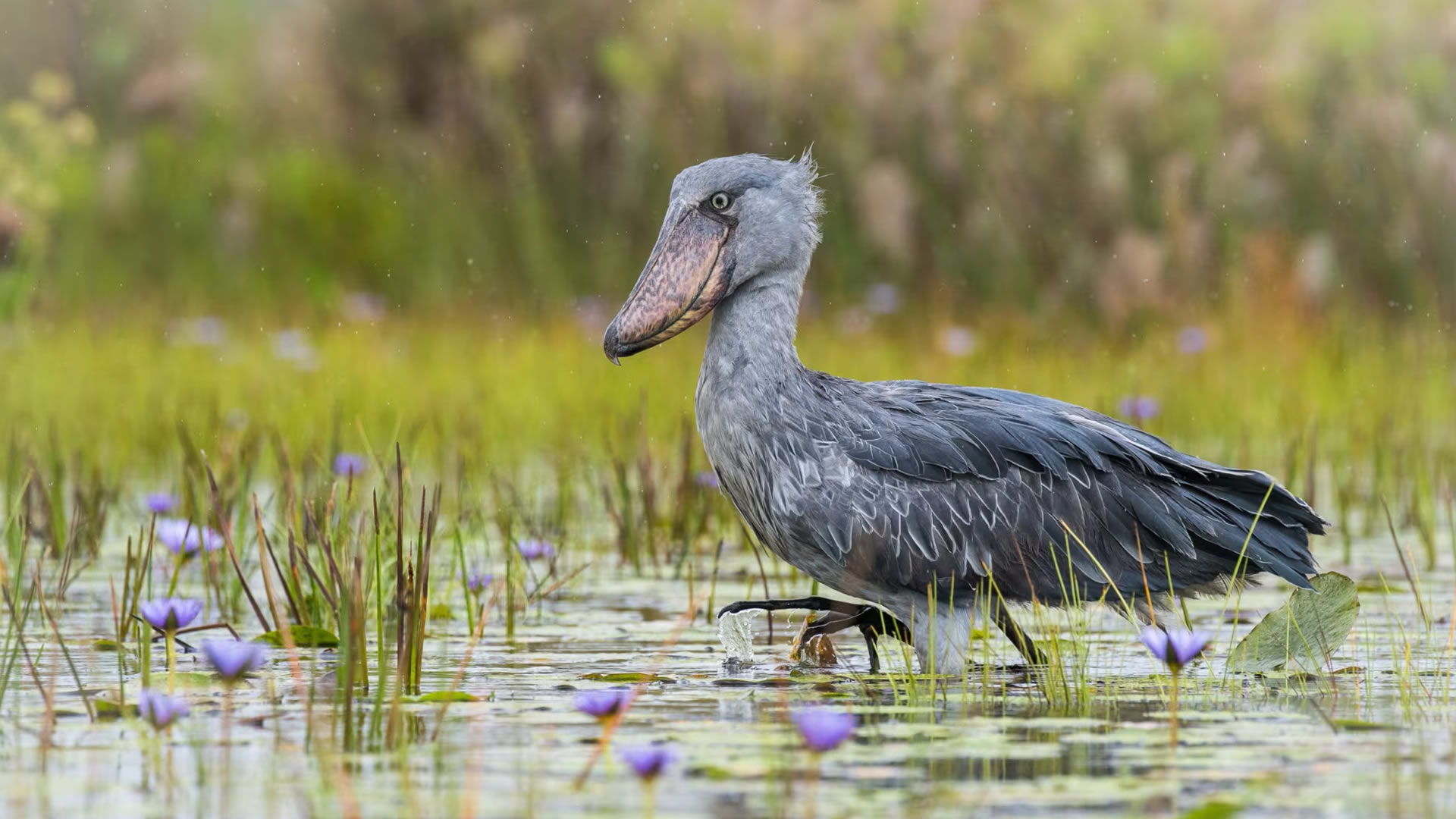
Queen Elizabeth National Park
“A medley of Wonders & Uganda's most popular destination"
Queen Elizabeth National Park covers an area of 764 square miles(1,978 sq Km). The park is Located in the southwestern region of Uganda and stretches between Lake Edward on the South and Lake George to the north, with the Kazinga Channel connecting the two lakes. It is the most famous park in Uganda. The park has a diverse ecosystem comprising tropical high forests, acacia savannah, salt lakes, savannah grasslands, tundra and wetlands. The park has abundant wildlife and over 100 mammal species that can be spotted. Despite the park being famous for wildlife viewing, you can enjoy picturesque landscapes of volcanic cones, craters and crater lakes. Queen Elizabeth National Park is the only park in Uganda where you will witness the unique phenomenon of the famous and unique tree-climbing lions. The shores of Kazinga Channel attract abundant wildlife, and the park is home to the biggest floats of crocodiles and bloats of hippos in the world.
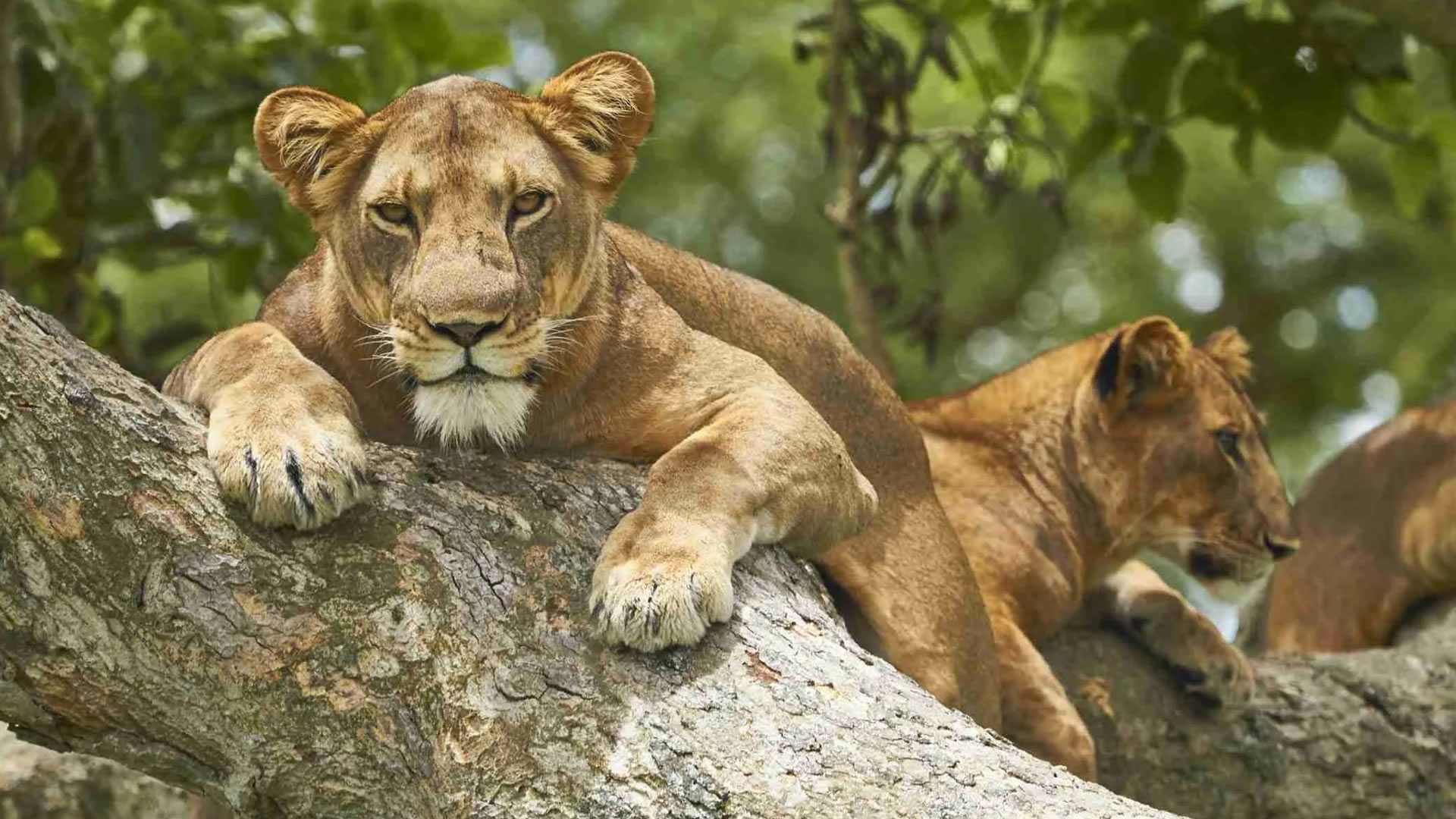
The Queen Elizabeth National Park Highlight:
Tree Climbing Lions - Queen Elizabeth National Park is the only park in Uganda where you will witness the unique phenomenon of the famous and unique tree-climbing lions. The lions are based in the park's southern part of the Ishasha sector.
Experience the Queen Elizabeth National Park
Queen Elizabeth National Park is Uganda’s most popular safari destination. Dominated by grassland savannah, this diverse park also incorporates rainforests, swamps and volcanic crater lakes. Four of the Big Five are present (no rhino), along with chimps and various antelopes and monkeys. A staggering 610 bird species have been recorded. A highlight is boat trips on the Kazinga Channel connecting Lakes Edward and George (both of which lie partially within the park boundaries). Game drives and guided forest walks are also available.
Queen Elizabeth NP is bisected by the equator below the Rwenzori Mountains. This is Africa’s third-highest massif, and on cloudless days its glacial peaks provide a spectacular backdrop to the Kazinga Channel and Kasenyi Plains. Most of the park comprises open savannah, but you can also visit Kyambura Gorge (a popular chimp trekking venue) and the extensive Maramagambo Forest. Other features include Lakes Edward and George, and around a dozen small crater lakes.
Best time to visit: Queen Elizabeth National Park
Chimpanzee trekking at Kyambuara Gorge
Chimpanzee trekking is a once-in-a-lifetime experience you must try while visiting Queen Elizabeth National Park. Start your trek through the forest to Kyambura Gorge and catch a glimpse of the enthralling chimpanzees as they swing around the forest branches in search of food. Kyambura Gorge has mobile troops of chimpanzees, with each troop consisting of 30-80 primates. Most chimpanzees in Queen Elizabeth National Park are habituated, meaning they are comfortable around people, and they will usually go on performing their usual activities. Other places to find chimpanzees are Kalinzu Forest and Kibale National Park. However, Queen Elizabeth NP is a fantastic location for viewing the apes since you can combine this adventure with other wildlife viewing. Approximately $50 for international tourists fee is paid for chimpanzee tracking, and an additional $20 is paid to the professional tour guide. The most suitable time for tracking is morning hours from 8:00 am, which takes approximately 2-4 hours and finishes by 2:00 pm. Spend an hour with the chimpanzees and later proceed for an afternoon game drive. Other primates around Kyambuara Gorge include red-tailed monkeys, baboons, black and white colobus monkeys and vervet monkeys. The minimum age for this experience is 12 years.
Wildlife Experience
Queen Elizabeth National Park is home to over 100 animal species. While on safari in the park, take out your perfect lenses and capture images of your favourite animals. The park is blessed with abundant wildlife, which is easy to spot. Suppose you want to quench your thirst for game viewing. In that case, the park has over 3000 hippos, 4000 elephants and 2000 buffaloes, the famous and unique tree-climbing lions, leopards, crocodiles and chimpanzees, red-tailed monkeys, baboons, black and white colobus monkeys and vervet monkeys, among others.
Birdlife
Queen Elizabeth National Park is home to over 600 bird species and is a paradise for avid bird watchers. Spend your time watching and observing the behaviours of these colourful and magnificent birds while taking your best shots. Some of the birds are endemic while others are migratory which include black coucal, blue-shouldered robin chat, African fin foot, red-throated wryneck, African emerald cuckoo, barbets, yellow bill, African Mustached warbler, brown illadopsis, lesser flamingos, black bishop, chestnut wattle eye, white-breasted nigro-finch, marsh tchagra, sulphur breasted bush shrike, white-winged tern, pied kingfisher, papyrus gonolek, white-winged warbler, greater swamp warbler, sacred ibis, shoe bill, black-bellied bustard, croaking cisticola, martial eagle, night jar, woodpecker, morning dove, swallows swifts among others.
Best time to visit
Queen Elizabeth National Park is an all-year-round park which can be visited anytime. However, it is advisable to carry warm clothing due to temperature drops in the early morning and night. Rainfall is also expected at any time of the year. The best times to visit the park are during the dry seasons, January to February and June to July for wildlife viewing.
The weather in Queen Elizabeth is generally warm throughout the year. Rainfall is expected throughout the year. Daytime temperatures are approximately 29°C/84°F while the nighttime temperatures drop to about 17°C/63°F. Dry Season: January, February, and June to August are considered dry moths with little rain expected. Wet Season: March to May and September to December are wet months, with heavy rainfall expected in November. The weather in Queen Elizabeth, NP, is cold and chilly during morning hours, so it is always advisable to carry extra warm clothing.
Getting There?
By Air: You can catch a domestic flight from Entebbe International Airport or Kijjansi Airfield with either scheduled or charter flights with Aerolink Uganda. 3 daily scheduled flights depart from Entebbe International Airport or Kijjansi Airfield to Mweya and Kasese at 7:00 a.m., 10:15 a.m. & 12:00 p.m. and arrive at Mweya or Kasese airstrips at 10:00 am, 12:05 pm & 14:15 respectively.
Return flights from Mweya and Kasese airstrip are scheduled at 10:20 a.m., 12:20 p.m., and 14:20 p.m.Arriving at Entebbe or Kijjansi at 11:25 a.m., 1:30 p.m. and 4:15 p.m. The drive from Kasese Airstrip to your destination is approximately 40 minutes to 1 hour.
By Road: You can access the Queen Elizabeth National Park by road. You will drive from Entebbe International Airport to Kampala, the starting point of most safaris. The driving distance is approximately 410km (255 miles), which takes 6 -7 hours using a 4x4 safari vehicle.


